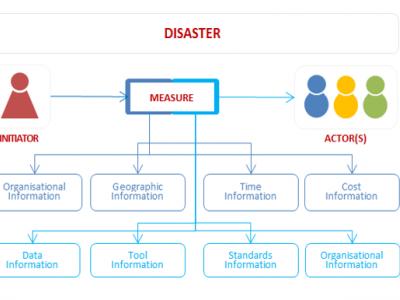
Project
“EPISECC is a Collaborative Project which will Establish a Pan-European Information Space to Enhance seCurity of Citizens."
Concept
"Disaster affected people need information as much as water, food, medicine or shelter: accurate, timely information can save lives. The right information helps aid organizations to understand better the needs of affected communities and ways to meet those needs. Today's information technology presents new possibilities, but has not been fully exploited by humanitarian organization. Lack of information can make people victims of disaster."
Source: World Disaster Report, International Federation of Red Cross
Background and motivations
Efficient communication and access to critical information is a key requirement for the operations of public safety and security services in disasters. Inter-connectedness and cooperation between different rescue teams is essential for saving lives and protecting assets. However, the communication capabilities are often compromised or destroyed, either by the catastrophe itself or its aftermath. In these cases, new communication systems must be deployed to re-establish communication.
The project EPISECC is aiming at developing a concept of a common “European Information Space”. This information space is dedicated to become the key element in a future integrated pan-European crisis and disaster response capacity. Besides the development of a common Taxonomy and an ontology model, aimed at addressing the Semantic Interoperability issue, EPISECC will focus on the establishment of Interoperability at Physical (i.e. network) and Syntactical (i.e. automated information exchange) levels. One of the main purposes of the EPISECC approach, is to allow analysis of interoperability at all levels.
 |
Serwis internetowy Portfolio of Solutions został początkowo opracowany w ramach projektu DRIVER+. Obecnie serwis jest zarządzany przez AIT Austrian Institute of Technology GmbH, na rzecz Europejskiego Zarządzania Kryzysowego. PoS jest popierany i wspierany przez Disaster Competence Network Austria (DCNA), jak również przez projekty STAMINA i TeamAware H2020. |

